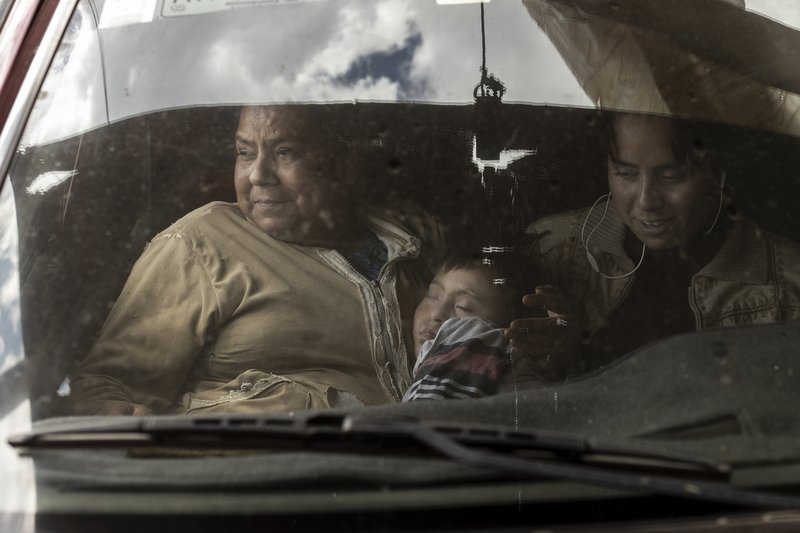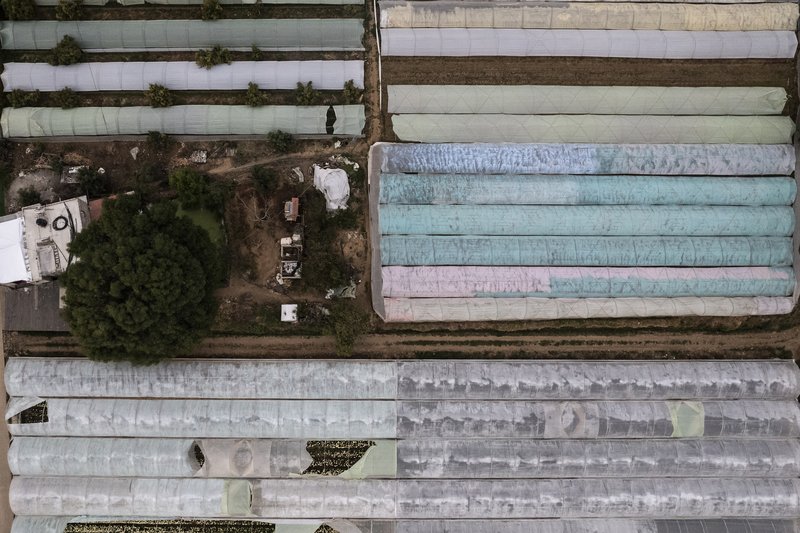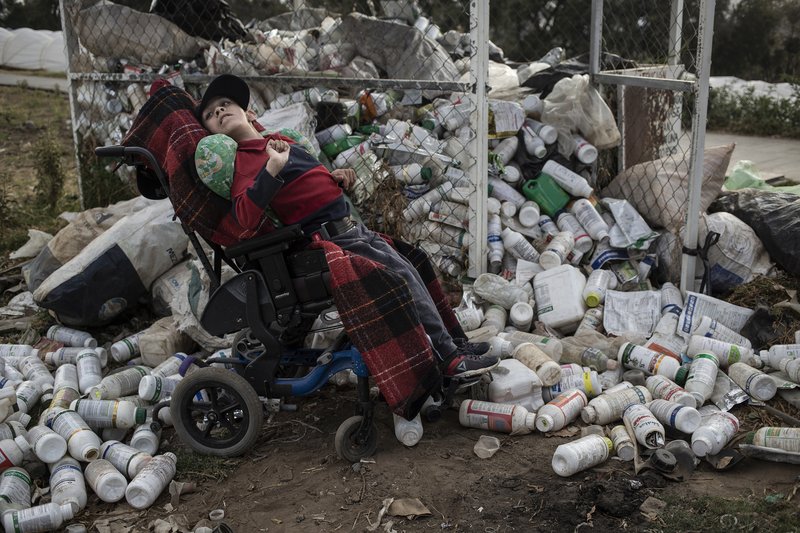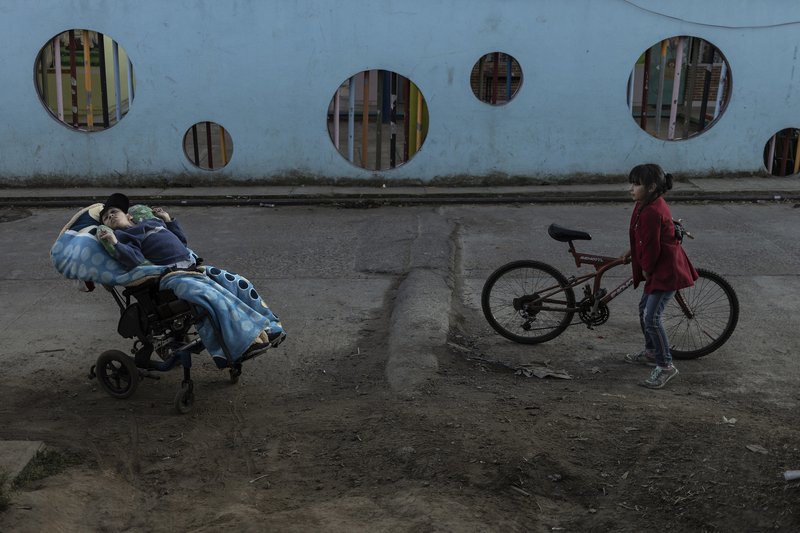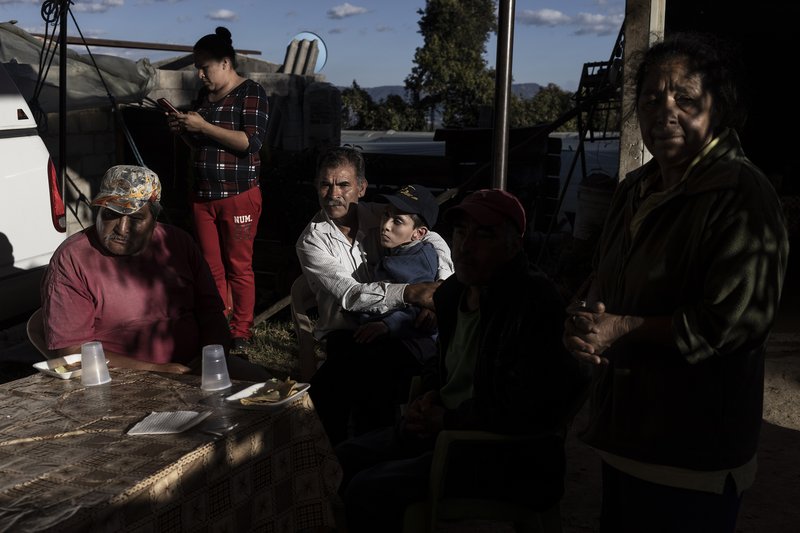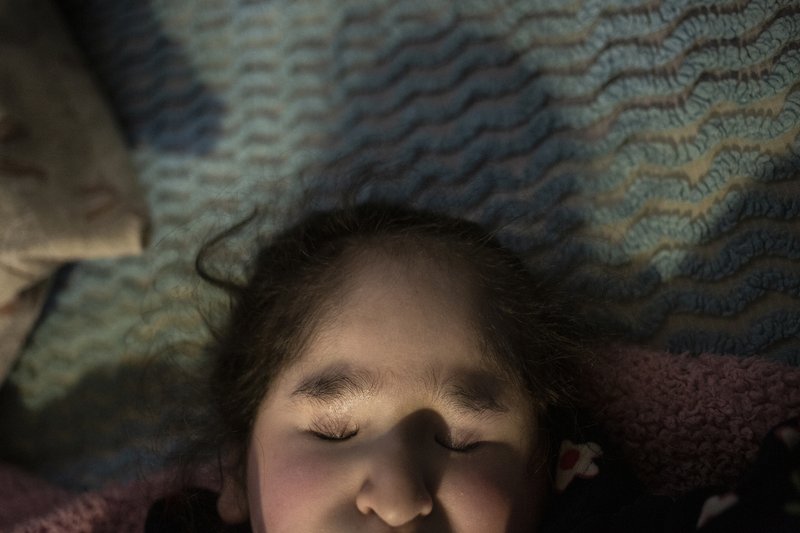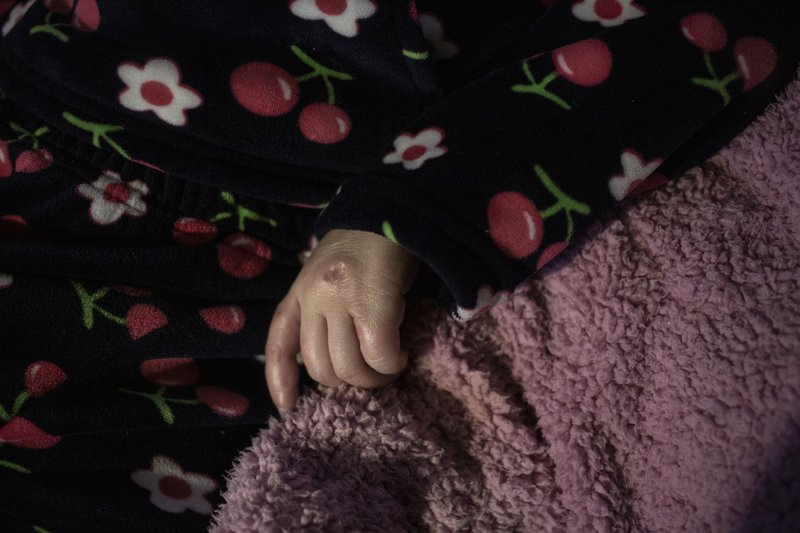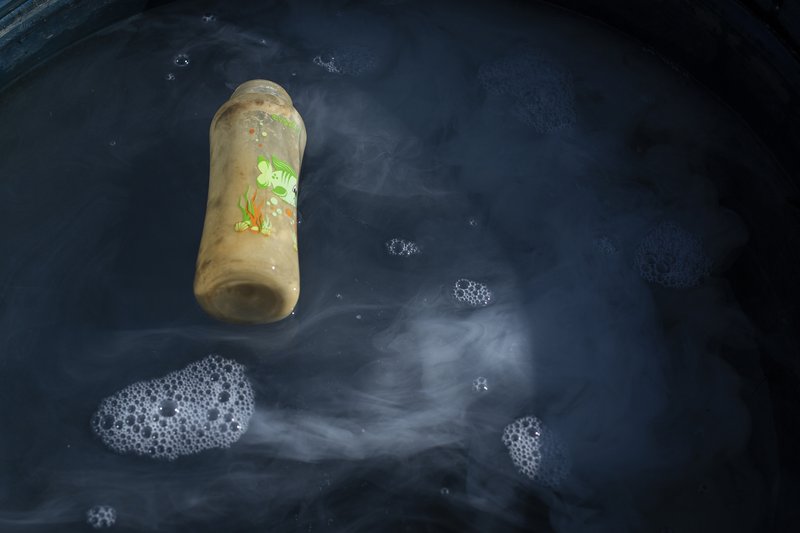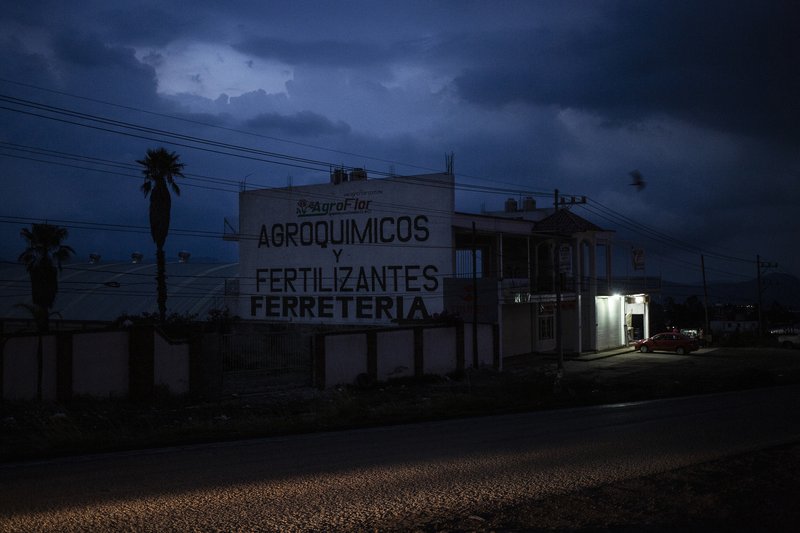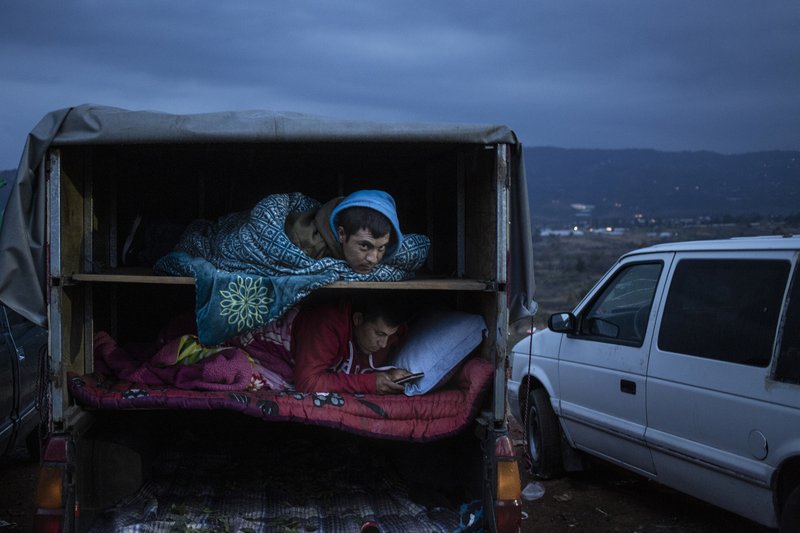Award of Excellence: Beautiful Poison
This Premier category recognizes a photographer’s long-term story, project, or essay that focuses on the human condition and portrays a sense of justice or insight into difficult problems. This may include a facet of human relations, a mutual concern for world conflict, social injustice, or any number of other topics. The project may include a few portraits; however, the portraits should not comprise a majority of images within the project.
Beautiful Poison
BEAUTIFUL POISON is a long-term photography project documenting the public health problem associated to the unrestricted use of agrochemicals by the flower industry in the region of Villa Guerrero, Mexico. Despite conclusive medical studies linking pesticide and fertilizer components to the recurrence of congenital malformations, leukemia, lymphoma, degenerative blindness, stillbirths, infertility and cancer, the healthcare demands of the population in Mexico’s flower belt have largely been overlooked by local authorities and institutions. The competitive production of Villa Guerrero is a cogwheel in the global billion-dollar flower industry. Yet the everyday health struggles of flower farmers have become normalized by the community, the employers and the institutions like collateral damage. The problem is not flower farming, but how flowers are grown. The vapors of agrochemicals, prevalent throughout the streets of Villa Guerrero, are poisonous. Cut flowers are cutting people’s lives short: while flowers stay an ephemeral luxury item, their farming leaves long-lasting health conditions and irreversible environmental impact. BEAUTIFUL POISON is a tribute to the silent health plight of people who devote their life to flower farming in Villa Guerrero. The proposal became realizable after many conversations with five families that entrusted me with their story. My subject visually translates into narrative sequences that invite the viewer to look closer to details. Thus far, I have documented the five families at home and at work. The final project will result in a digital book of approximately 120 edited photographs supported by research and interviews providing insight and context of the health crisis. My aim is to raise awareness on 1. The environmental and human impact of agrochemicals in the Mexican flower belt; 2. The authorities’ oversight of the health crisis in the region; 3. The consumers’ responsibility on flower purchase choices; and 4. The labor dignity these working families deserve. Hopefully, my intimate approach to the topic will show how industrial flower farming is unsustainable in its current state.



